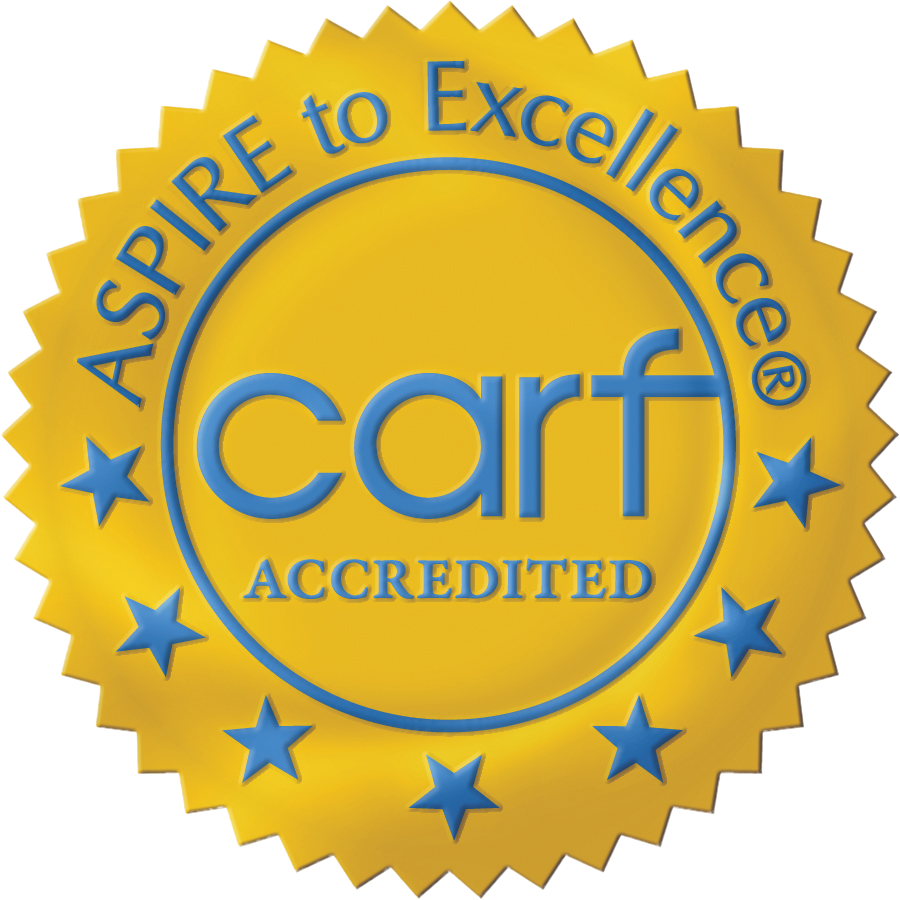Prescription Drug Addiction Rehab at Crestone
The misuse of prescription medications, whether for pain relief, anxiety management, or other legitimate medical purposes, can quickly spiral into addiction and can lead to devastating health consequences.[1]
Crestone Wellness understands that overcoming prescription drug addiction requires more than just detoxification – it demands a holistic approach that addresses the underlying factors contributing to substance abuse, including co-occurring issues. Our integrated treatment combines evidence-based therapies and holistic, personalized care plans to support your recovery journey.
- Prescription drugs are regulated medications requiring a doctor’s prescription, spanning various categories like painkillers, antidepressants, and stimulants.
- Prescription drug abuse, a significant public health issue, results in addiction, dependence, and negative consequences despite their legal status.
- Commonly abused prescription drugs include opioids, benzodiazepines, stimulants, sedatives, and muscle relaxants, each with its risks of addiction and health complications.
- Prescription drug abuse affects millions in the U.S., with alarming rates among adolescents, necessitating preventive measures and intervention strategies.
- Treatment for prescription drug abuse involves detox, residential programs, family involvement, and various therapeutic modalities like CBT, DBT, and yoga therapy to support recovery.
What Are Prescription Drugs?
Prescription drugs are medications that are regulated by law and require a prescription from a licensed healthcare provider, such as a doctor or nurse practitioner, before they can be given to patients.[2]
These medications are typically used to treat or manage various health conditions, ranging from common ailments like infections and allergies to chronic diseases such as hypertension and diabetes. Prescription drugs encompass a wide range of categories, including antibiotics, painkillers, antidepressants, antipsychotics, stimulants, sedatives, and many others.
They are formulated with specific active ingredients and dosages tailored to individual patient needs based on factors such as age, weight, medical history, and the nature of the condition being treated.
Prescription Drug Addiction and Abuse
Prescription drug addiction and abuse have become significant public health concerns, with a growing number of people grappling with substance use disorders related to prescription medications. Unlike illicit drugs, prescription medications are legally obtained through healthcare providers to treat medical conditions. However, misuse or abuse of these drugs can lead to addiction, dependence, and a range of negative consequences.[3]
One of the primary reasons for prescription drug abuse is their perceived safety due to their legal status and medical origins. Many people underestimate the potential risks associated with prescription medications and may misuse them to alleviate physical pain, manage stress, or enhance mood.[4] Opioids, for example, are highly effective pain relievers but can also produce euphoria, leading some people to misuse them for recreational purposes.
Recognizing the signs of prescription drug addiction and providing access to comprehensive treatment and support services are essential steps in addressing this complex issue and promoting recovery and wellness.
Prescription Drugs Addiction
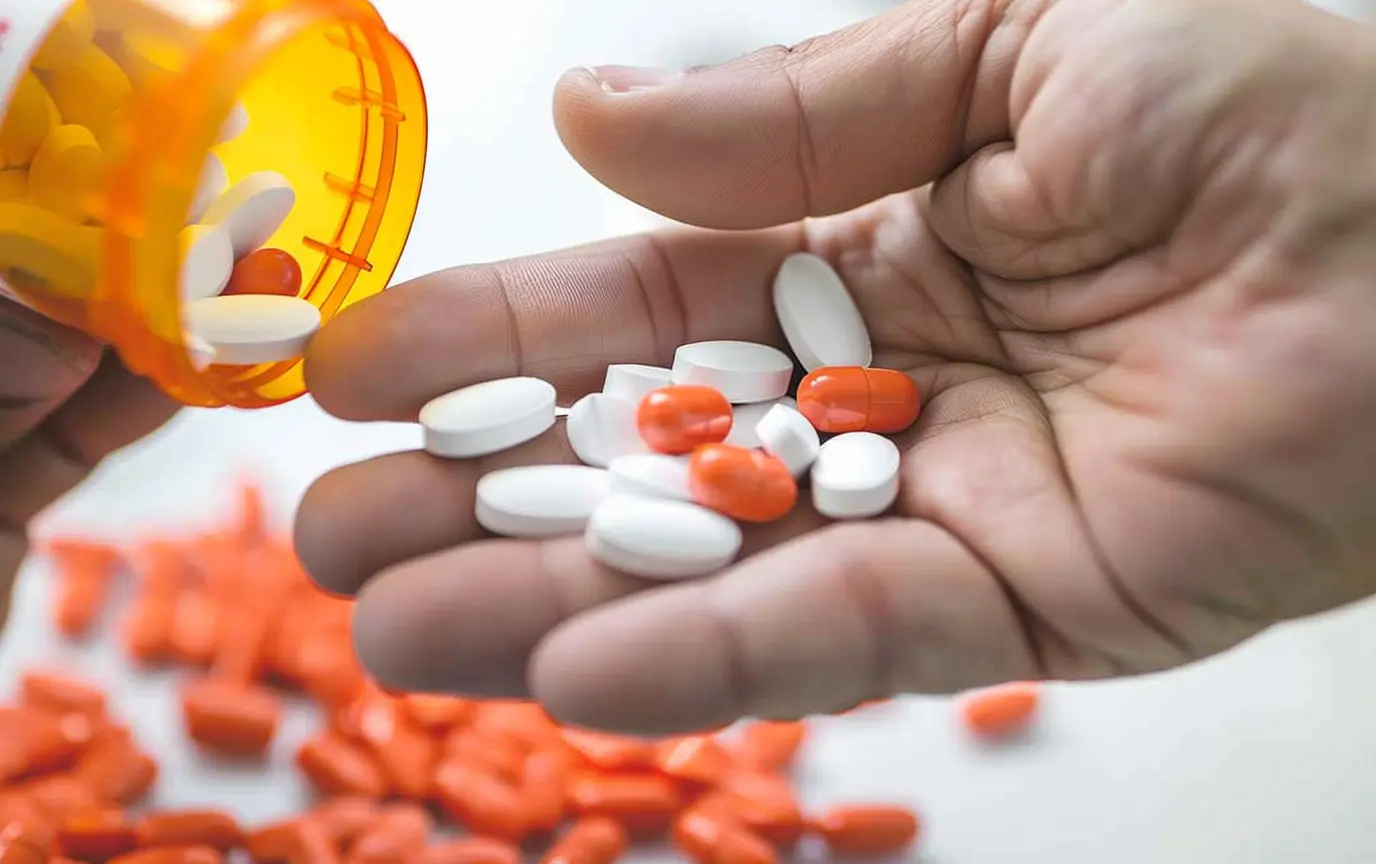
Prescription Drug Quick Reference Chart
Drug Category
Commercial & Street Names
DEA Schedule
Administration
What Are Commonly Abused Prescription Drugs?
Commonly abused prescription drugs encompass a range of medications across different categories, each with its own potential for misuse and addiction:[5]

Opioids:
These pain-relieving medications, such as oxycodone (OxyContin), hydrocodone (Vicodin), and fentanyl, are highly addictive and can produce feelings of euphoria. Opioid abuse can lead to physical dependence, overdose, and respiratory depression.
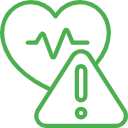
Benzodiazepines:
Benzodiazepines, including alprazolam (Xanax), diazepam (Valium), and lorazepam (Ativan), are prescribed to treat anxiety, insomnia, and certain seizure disorders. They can induce relaxation and sedation but are also habit-forming and can cause respiratory depression when misused.

Stimulants:
Stimulant medications like Adderall and Ritalin are commonly prescribed for attention deficit hyperactivity disorder (ADHD) and narcolepsy. When abused, they can increase energy, focus, and alertness but may also lead to addiction, cardiovascular complications, and psychiatric symptoms.

Sedatives and hypnotics:
Sedative-hypnotic medications, such as zolpidem (Ambien) and eszopiclone (Lunesta), are used to treat insomnia and promote sleep. However, misuse can lead to dependence, tolerance, and impaired cognitive function.
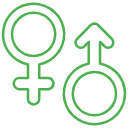
Muscle relaxants:
Muscle relaxants like carisoprodol (Soma) and cyclobenzaprine (Flexeril) are prescribed to alleviate muscle spasms and pain. When abused, they can produce sedative effects and impair motor function.
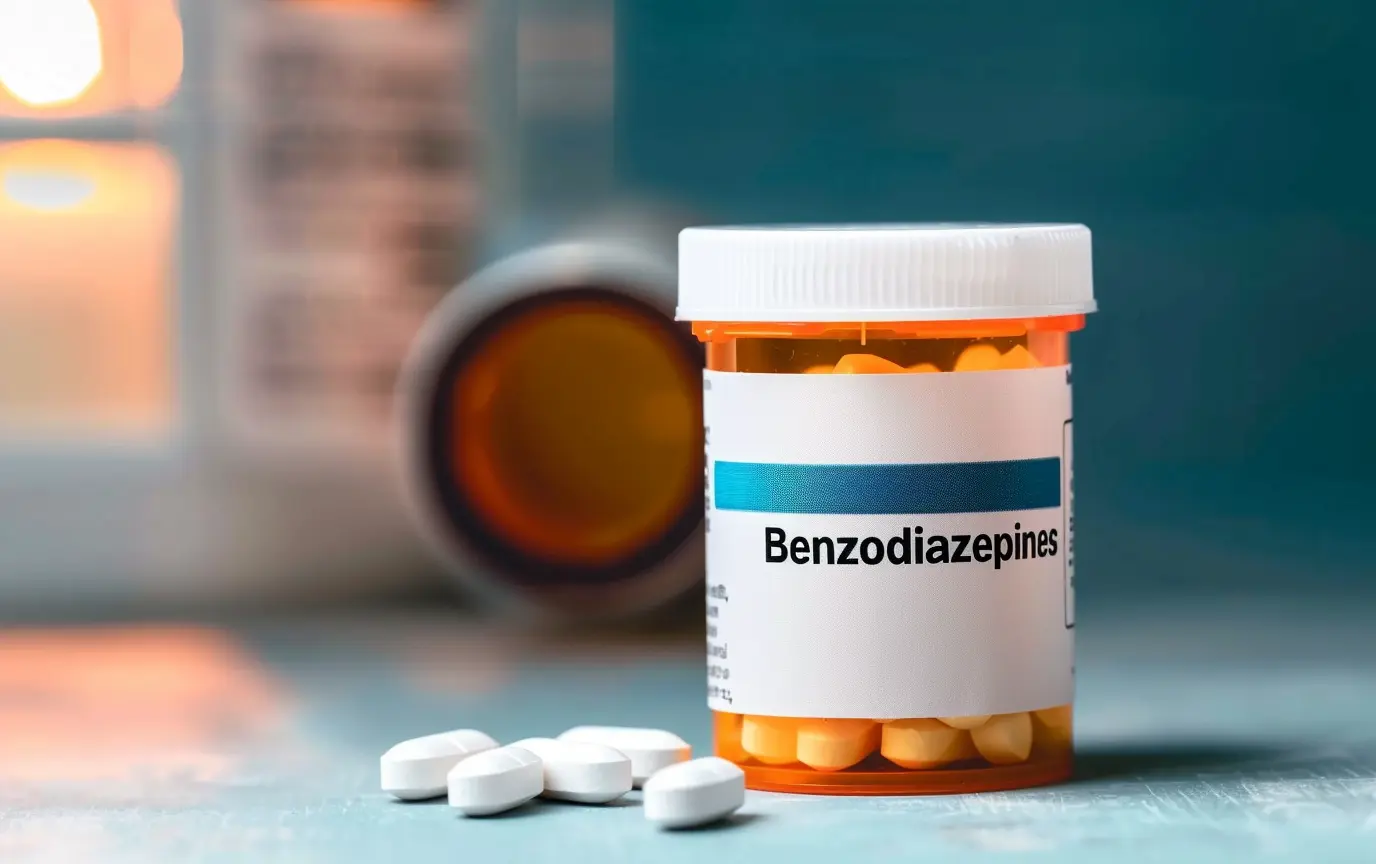
How Common is Prescription Drug Abuse?
According to recent prescription drug abuse statistics, nearly half of all Americans (45.8%) used a prescription drug in the past month, legally or not.[6] An estimated 16.3 million people in the United States misuse prescription drugs each year, with 22.6% (or approximately 3.7 million individuals) of these individuals abusing prescriptions for the first time.
What Kinds of Treatment Are Available for Prescription Drug Abuse?
Treatment for prescription drug abuse involves a multifaceted approach that considers the physical, psychological, and social dimensions of addiction. Several prescription drug addiction treatment options are available to support you on the journey to recovery, including:
Levels of Care
Therapeutic Modalities
Frequently Asked Questions About Prescription Drug Abuse
What are the potential consequences of prescription drug abuse?
Prescription drug abuse can lead to a range of consequences, including physical health problems such as organ damage, respiratory depression, and increased risk of infectious diseases. It can also result in psychological effects like mood swings, anxiety, and depression. Additionally, abuse of prescription drugs can lead to social consequences such as strained relationships, legal issues, and financial problems.
How does prescription drug abuse affect the body and brain?
Prescription drug abuse can have profound effects on both the body and brain. Depending on the type of drug abused, it can lead to changes in brain chemistry, affecting neurotransmitters and altering mood, cognition, and behavior. Physically, abuse of prescription drugs can result in cardiovascular issues, respiratory depression, liver damage, and other health complications.
How can I tell if a loved one is abusing prescription drugs?
Is it possible to recover from prescription drug addiction?
Yes, recovery is possible with appropriate prescription drug abuse treatment and support. Treatment may involve a combination of therapies such as counseling, behavioral therapies, medication-assisted treatment, and support groups. It’s important for people to seek help from healthcare professionals experienced in addiction treatment to develop a personalized recovery plan. With dedication and support, you can achieve long-term recovery from prescription drug addiction.
Sources
[1] Prescription Drugs Fast Facts. (2019). Justice.gov. https://www.justice.gov/archive/ndic/pubs5/5140/index.htm on June 5, 2024\
[2] Abuse, N. I. on D. (n.d.). Prescription Medicines. National Institute on Drug Abuse. https://nida.nih.gov/research-topics/prescription-medicines on June 5, 2024
[3] Mayo Clinic. (2022, October 25). Prescription drug abuse – Symptoms and causes. Mayo Clinic. https://www.mayoclinic.org/diseases-conditions/prescription-drug-abuse/symptoms-causes/syc-20376813 on June 5, 2024
[4] Prakash, S., Gu, Y., & Previti, M. (2023). Quantitative Survey on Prevalence of Prescription Pain Medications and Stimulants Use in Young Adults. 17, 117822182311628-117822182311628. https://doi.org/10.1177/11782218231162827 on June 5, 2024
[5] NIDA. (2011). Commonly Abused Prescription Drugs Visit NIDA at www.drugabuse.gov Substances: Category and Name. https://nida.nih.gov/sites/default/files/rx_drugs_placemat_508c_10052011.pdf on June 5, 2024
[6] Prescription Drug Abuse Statistics. (n.d.). NCDAS. https://drugabusestatistics.org/prescription-drug-abuse-statistics/https://drugabusestatistics.org/prescription-drug-abuse-statistics/ on June 5, 2024



